Brief history:
For the first time in 1960, in Japan, two types of yarn with different properties were combined with each other with the aim of creating a different yarn, and this yarn was called Shingosen (meaning new synthetic yarn). The continuation of the research included the combination of two or more types of yarn with different characteristics (especially thermal shrinkage). Today, ITY yarns, which stand for Intermingled Textured Yarn or Interlock Twist Yarn or Interlace Textured Yarn, are produced from the combination of POY and FDY yarn with different shrinkage percentages. Also, the term (BSY) Bi-Shrinkage Yarn, which means a yarn that shrinks in itself, is also used for ITY yarn.
Method of production:
Two-step method:
In the two-step method, POY and FDY yarns are produced in separate processes and then merged together. The following methods are usually used to integrate these yarns in the two-stage production method:
Integration of yarns on the tension-swing machine
Merging of yarns on the stretching-twisting machine
Consolidation of threads on the single-wheel machine
Due to the increase in the use of ITY yarns in the textile industry, the mentioned methods are not cost-effective, so the single-step production method of ITY yarn is used.
One-step method:
With the development and optimization of spinning melting machines, it is possible to produce ITY yarn in one step. In this method, POY yarn and FDY yarn are produced and integrated in a spinning melting machine. This method increases the production speed of ITY yarn to more than 3200 meters per minute.
The following types of fabrics produced from self-textured filament yarn:
- The soft underhand of peachskin fabric (peach skin)
- Silk underwear (scroop cloth)
- Subordinate to Shantung

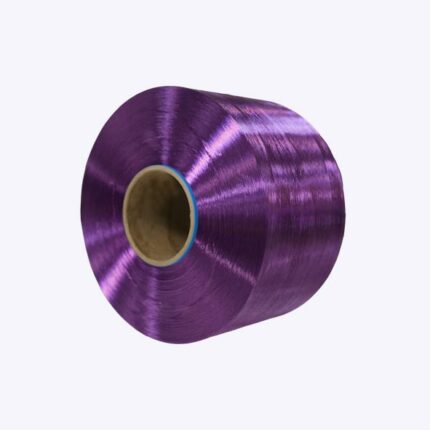
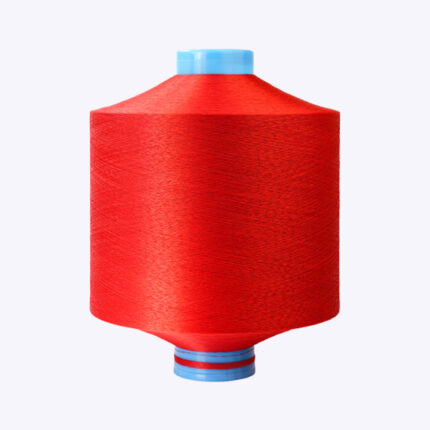
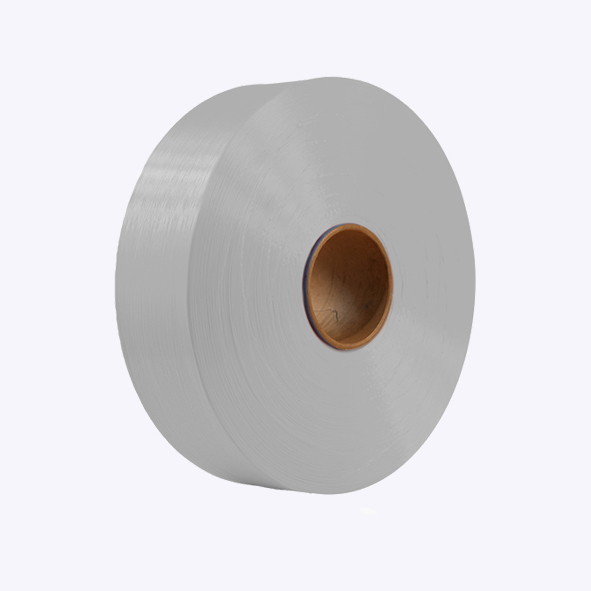
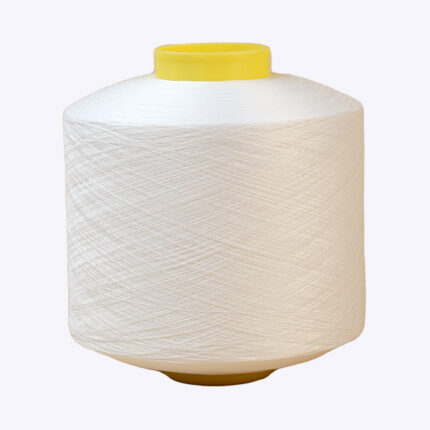
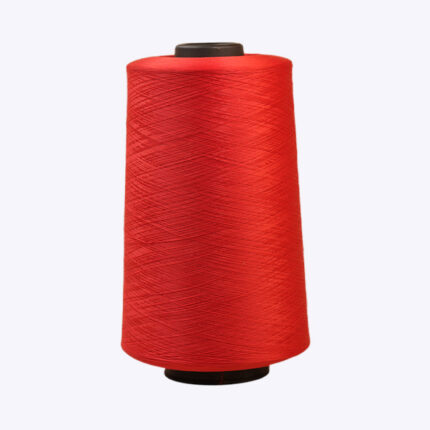
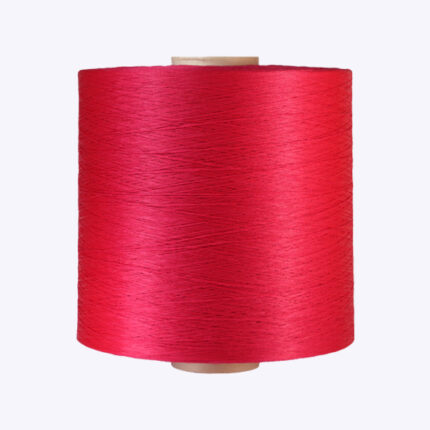
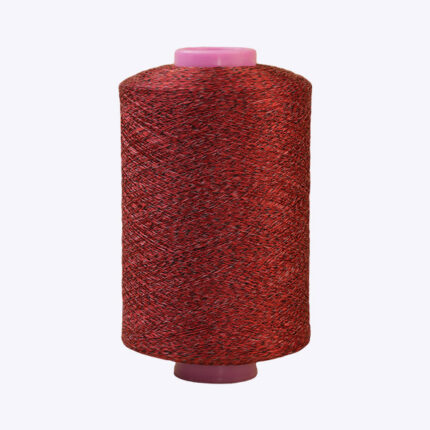
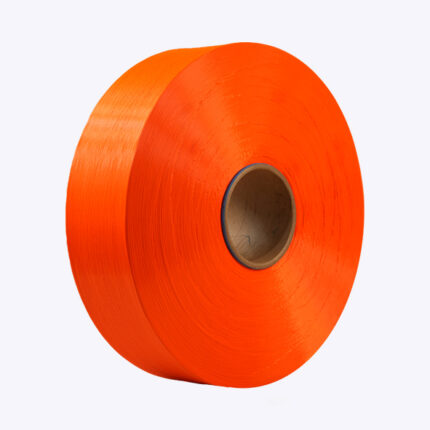


Jugal Kishore Gupta –
Very good information. Which deniers are available with you. Is it available in Indian. If possible please send me contact details for India where I can get samples of fabric and yarn
parisa zangiabadi –
Hello,
Thank you very much for your kindness.
For further information, you can take a look at our product catalog:
[https://sirangcoop.com/en/catalogs/]
Our factory is located in Yazd, Iran. However, we can arrange to send samples to you.
Alternatively, for more details you can be in touch with our colleagues in the export department:
Tell: +989032726999
Tell: +989053574296
Gmail: export@sirangcoop.com